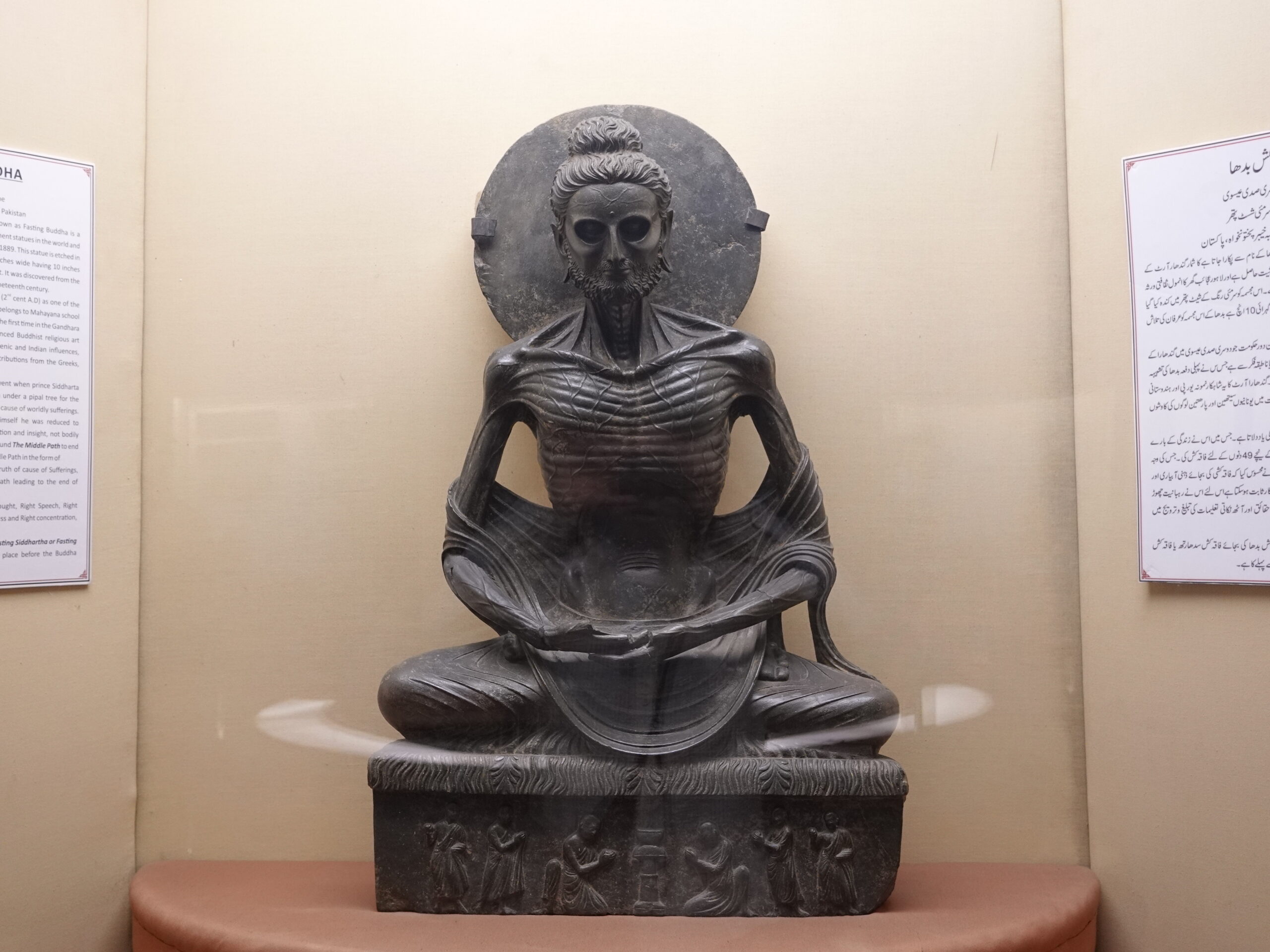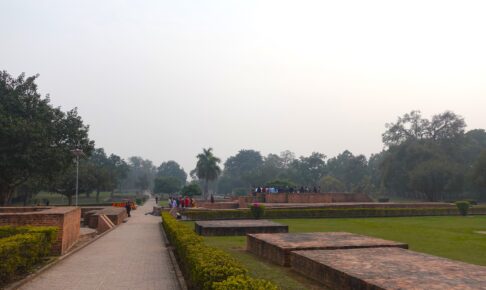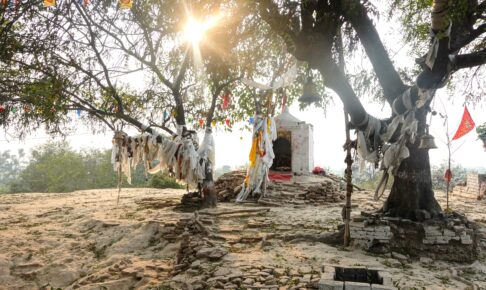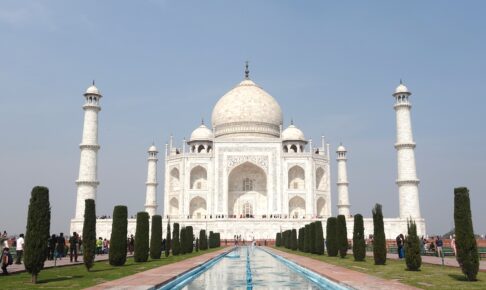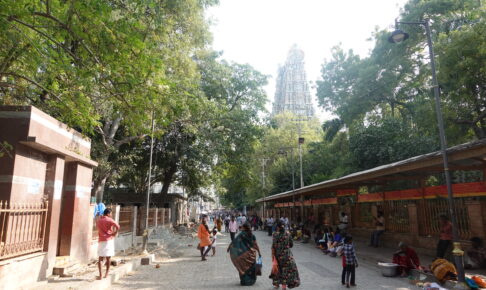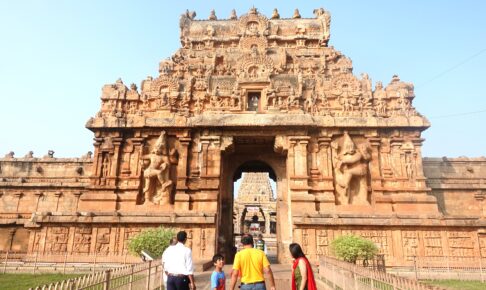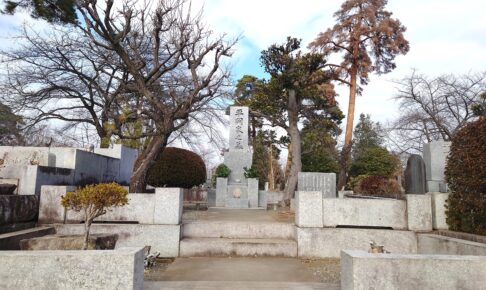The Life of Buddha (Shakyamuni Buddha) as Seen in Local Photographs] ⑻
Buddha's Six Years of Ascetic Life: Two Masters Teach Meditation Techniques and Buddha the Austerity Practitioner Works Hard to Complete Severe Asceticism
Previous ArticleFateful encounter with King Bimbisara! To Rajagaha in Magadha Country, the first destination after Buddha's ordination."As I mentioned in the previous section, Buddha came to the great country of Magadha.
The Buddha came all the way here to learn from the best meditation practitioners of his time.
In this article, I will first discuss the process of Buddha's meditation transmission, and then I will talk about Buddha's life of severe asceticism.
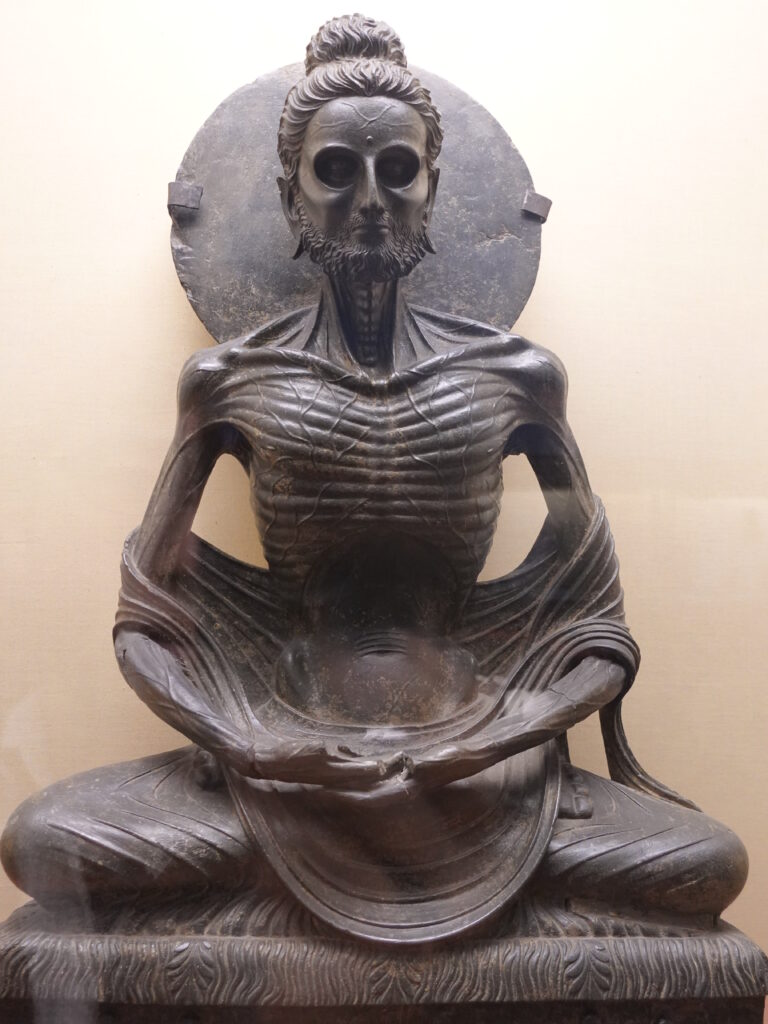
The figure of Garigari represented in the famous Gandhara fasting Buddha image is precisely the Buddha of this period of asceticism.
So let's get started.
My first teacher, Arara Kalama.
After meeting with King Bimbisara in the forest near the castle of the King of Magadha, Buddha went to the famous meditator Arara Kalama to ask for his teachings.
Arara Kalama graciously welcomed Buddha and instructed him in meditation. However, Buddha quickly mastered the rudimentary to the advanced meditation techniques, and he was able to master the highest teachings of his master.address without an addressThe state of "no possession" here means, as the word implies, "the state of nothingness. The state of "no possession" here refers to the state of "nothingness," as the word implies.
Buddha was so impressed by how quickly he had attained the highest teachings of Arhat Kåñëa that he begged him to join him in teaching others. Buddha was not satisfied with this "place of no-possession.
The Second Guru Uddaka Ramaputta
Unsatisfied with Arara Kalama's teachings, Buddha went to his next teacher, Uddaka Ramaputta.
Again, Buddha was graciously welcomed and taught to meditate, but again, Buddha mastered it in no time.
Uddaka Ramaputta's best meditation is <one's mind is filled with thousand emotionsIt was a kind of amazing state of being, a state of "not being thought and not being thought. This meditation aims at a state that cannot be explained in language, where neither consciousness exists nor does not exist, and this "neither existence nor non-existence" may be similar to the later idea of "emptiness.
However, even Uddhaka Ramaputta's teaching of "non-thought, non-presence" did not satisfy Buddha, and even here he declined the entreaty and left his teacher.
However, the meditation studied under both of these masters was a great experience for Buddha.
The common denominator of both meditations was to separate one's body from the outside world and to abide in a state of nothingness. While meditating, one is immersed in a state of nothingness, where all sensory actions have ceased. However, the disadvantage was that as soon as you stopped meditating, you would return to your original world of suffering. From the Buddha's point of view, this seemed to be an incomplete teaching that could not eradicate suffering in the world.
In any case, Buddha will now enter a life of suffering based on the meditations handed down from these two masters. This is where Buddha's fearsome stoicism comes into play. It is truly a wonder how a prince who grew up in a royal palace and was pampered could endure such hardship. However, Buddha lived to be 80 years old, so he may have been physically strong to begin with. He was 80 years old then, so I wonder how old he would be now. It is a fearsome life force, isn't it?
Let us now look at Buddha's life of suffering.
Buddha's life of hardship
After leaving the two masters, Buddha finally begins a full-fledged life of asceticism, where he will be accompanied by five companions: Kondanya, Bhadiya, Vappa, Mahanama, and Assaji.
The Jātaka tells us that these five ascetics, who appeared out of the blue, were Brahmins sent by his father, King Suddhodhana, who was concerned about Buddha. It must have been a kind gesture from a father who was concerned about his ordained son. (Of course, it was also meant to keep an eye on him and to rescue him in case of emergencies.)
Having gained companionship, the Buddha began a strenuous ascetic practice in a place called Uluwelaa (a place of suffering). Uluwelaar seems to mean "a place of endless sandy deposits" in ancient Indian language, but it is still unknown where it actually refers to.
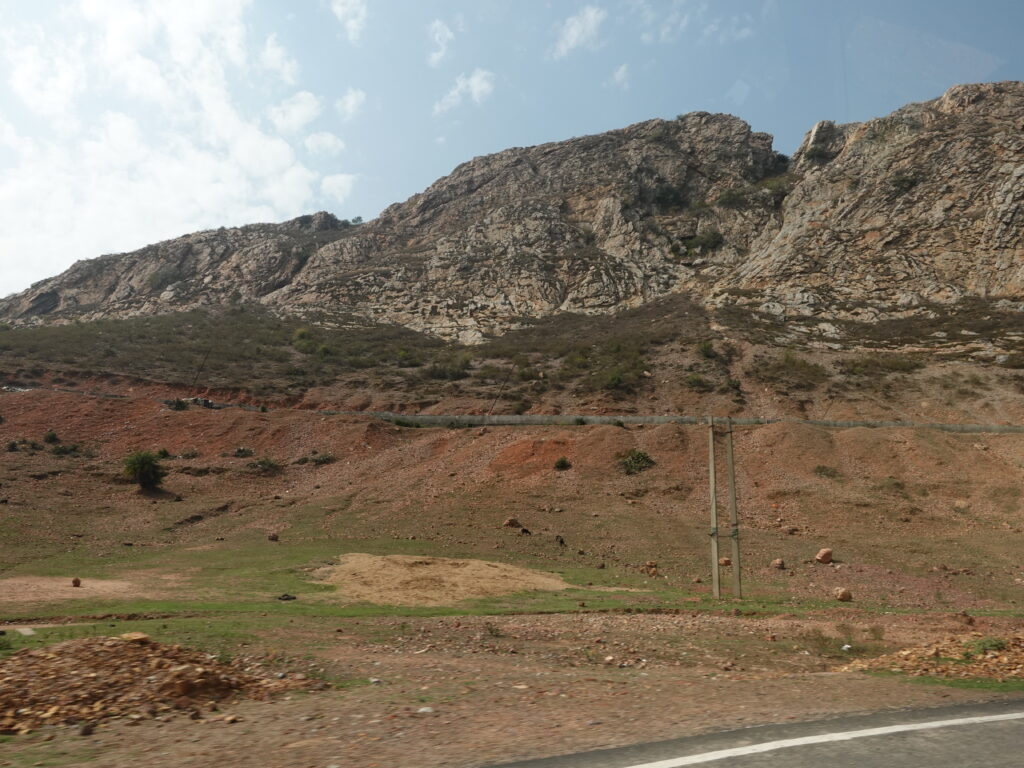
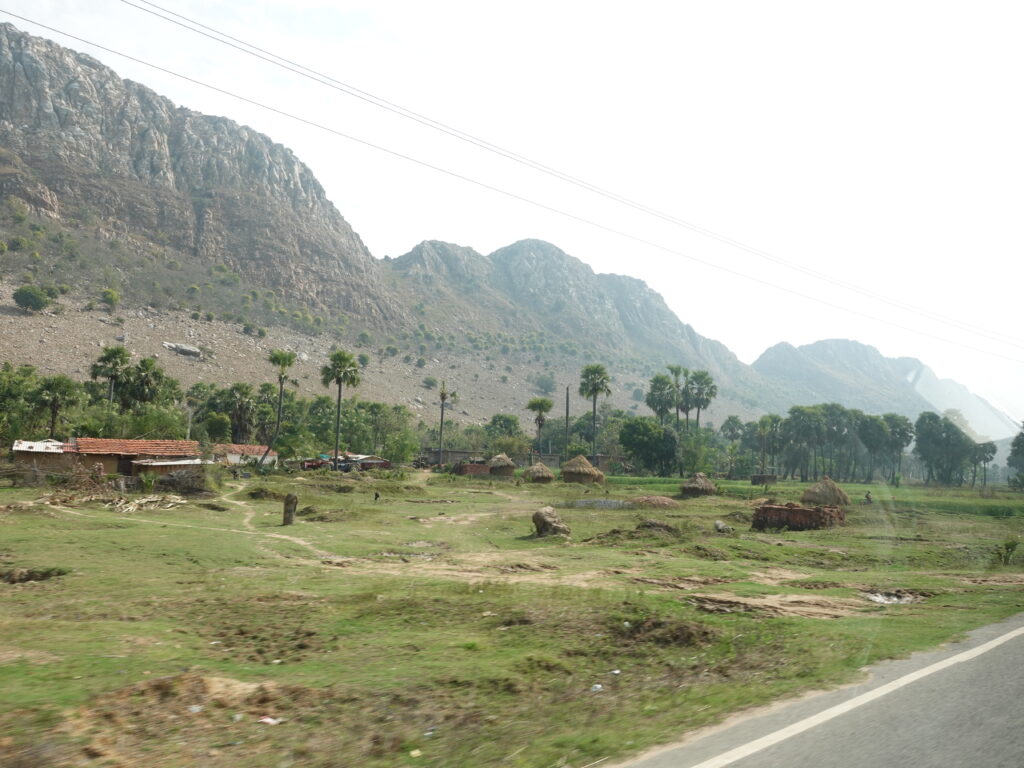
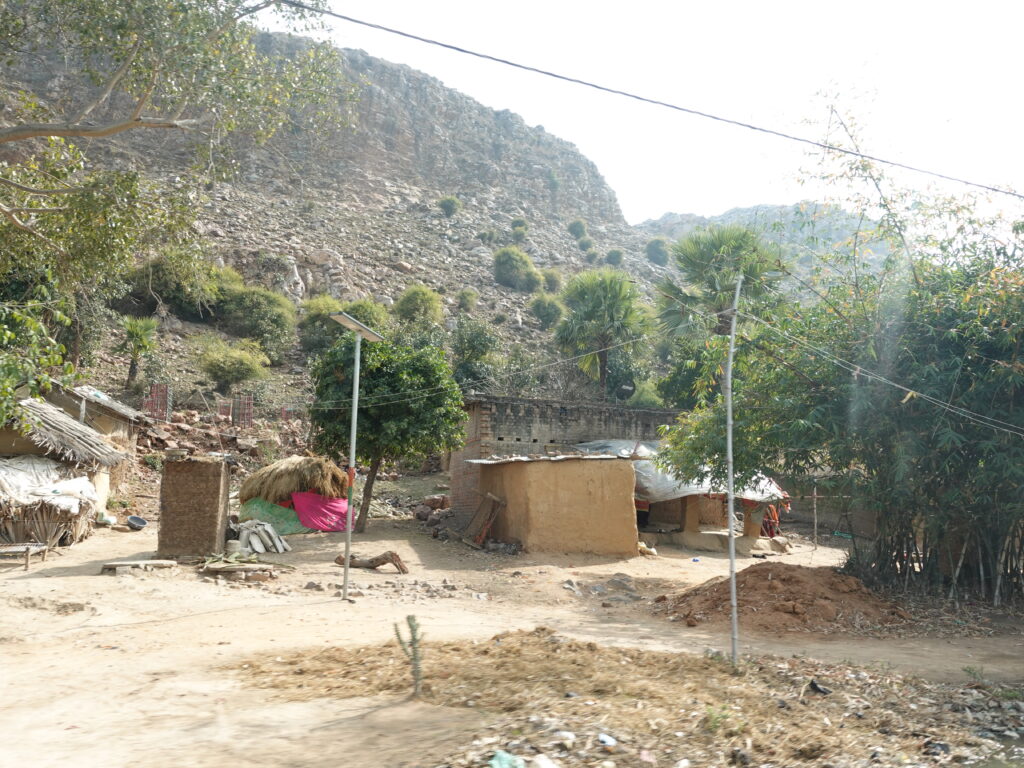
On the way from Rajagaha to Bodh Gaya, where the Buddha attained enlightenment, I too saw many rocky mountains and thirsty sandy terrain. There were mountains with large rocks piled up one on top of the other, and I could certainly feel the atmosphere suitable for ascetic practice.
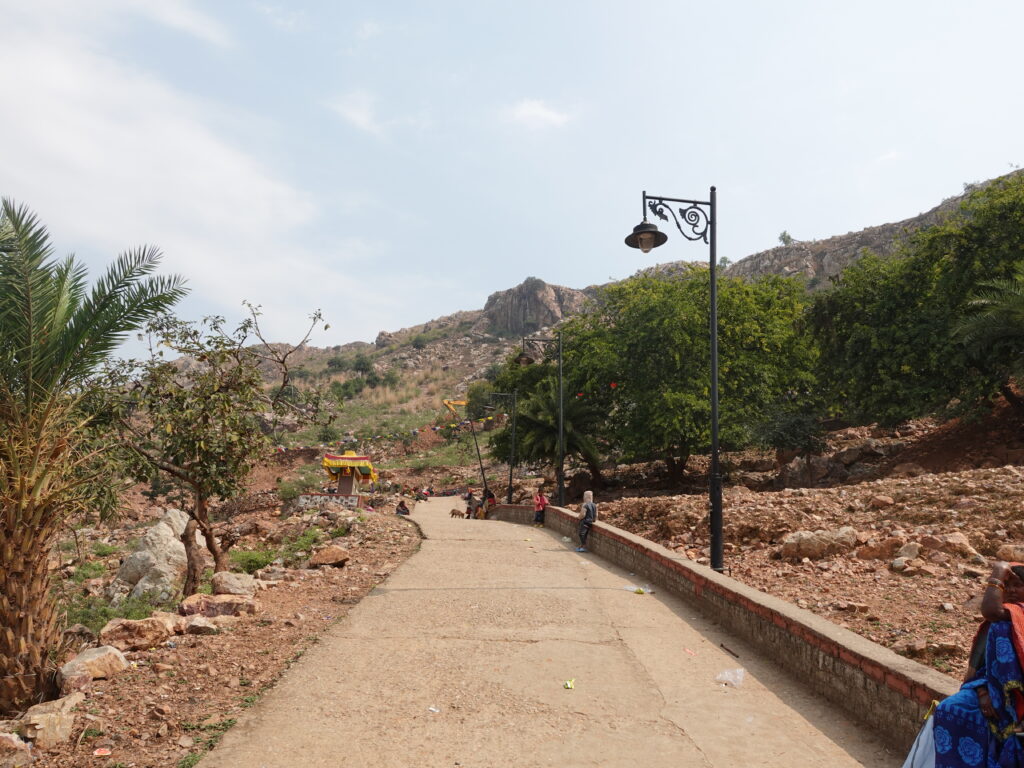
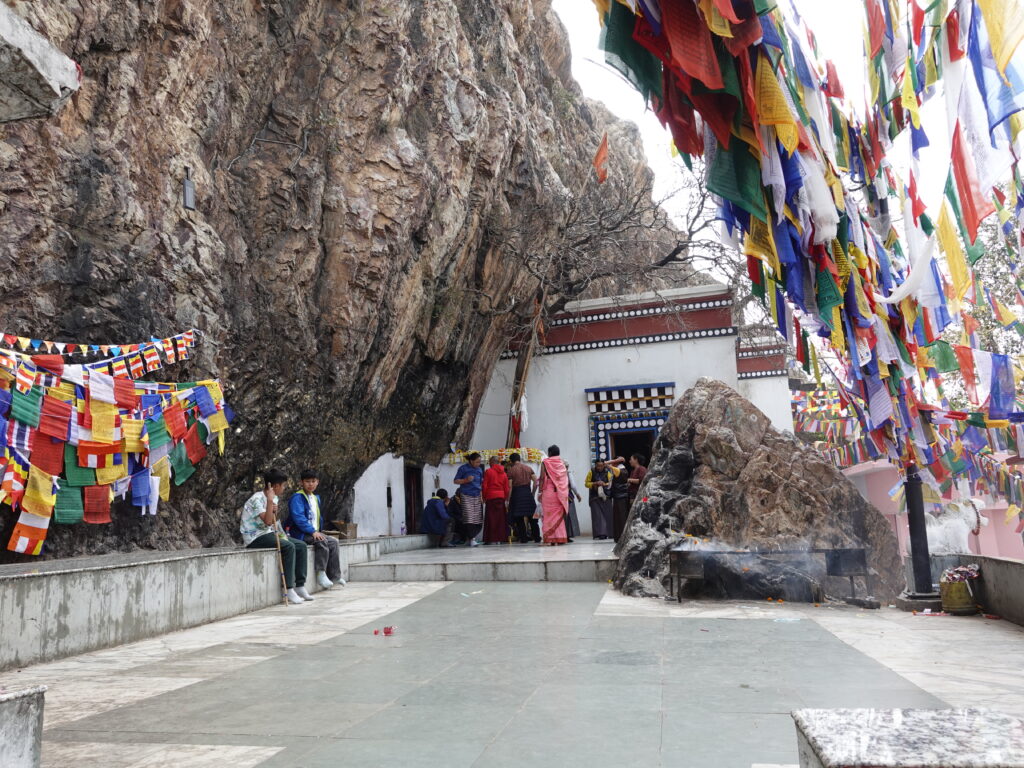
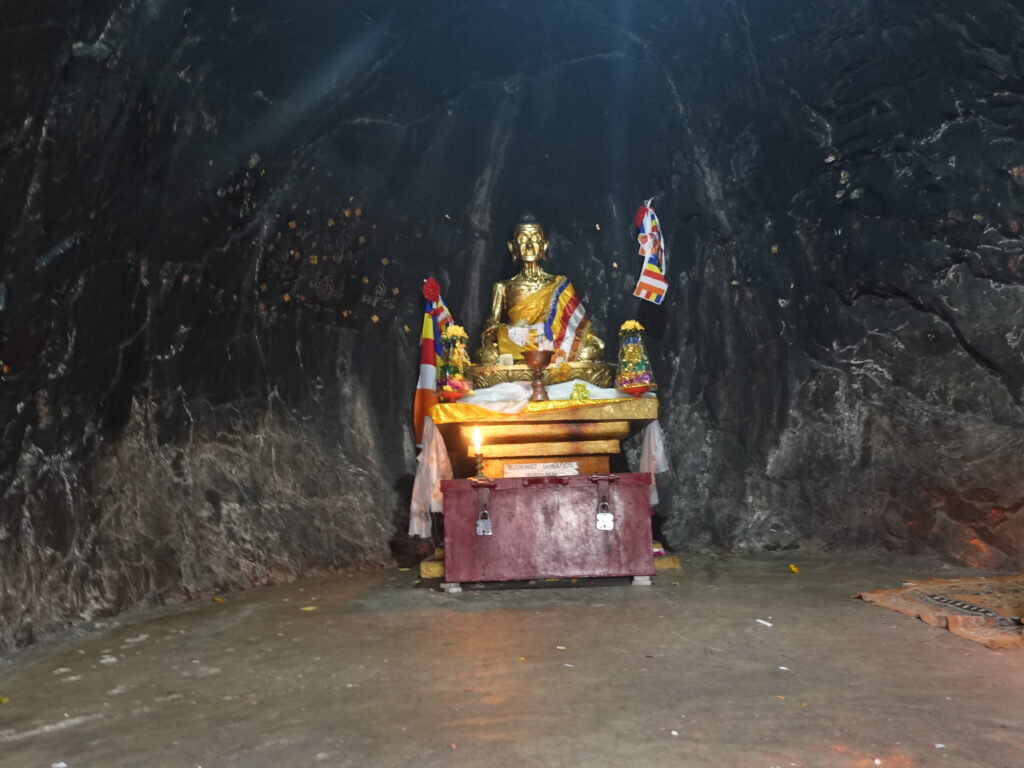
There is also a cave near Bodh Gaya where Buddha is said to have meditated and practiced meditation, and this cave is now a Tibetan temple. This mountain is not mentioned in Buddhist scriptures, but it is said to have become well known after Genjo Sanzo wrote a legend about it.
In any case, Buddha not only practiced meditation at Ulverer near Bodh Gaya, but also continued his ascetic practice of holding his breath to the limit and fasting, aiming for the ultimate in physical control and overcoming pain. The duration of his training was about six years. With unimaginable stoicism, Buddha pursued his path to enlightenment. The famous image of the fasting Buddha in Gandhara is a manifestation of this life of extreme asceticism.
The Fasting Buddha of Gandhara, a supreme treasure in the collection of the Lahore Art Museum, Pakistan.
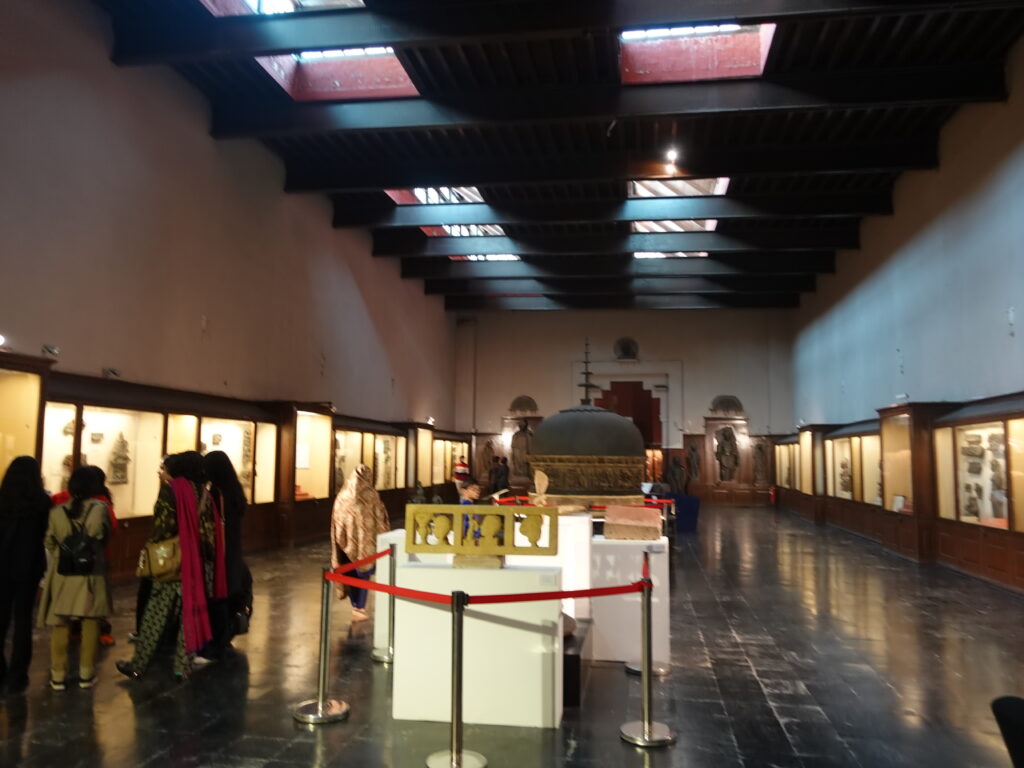
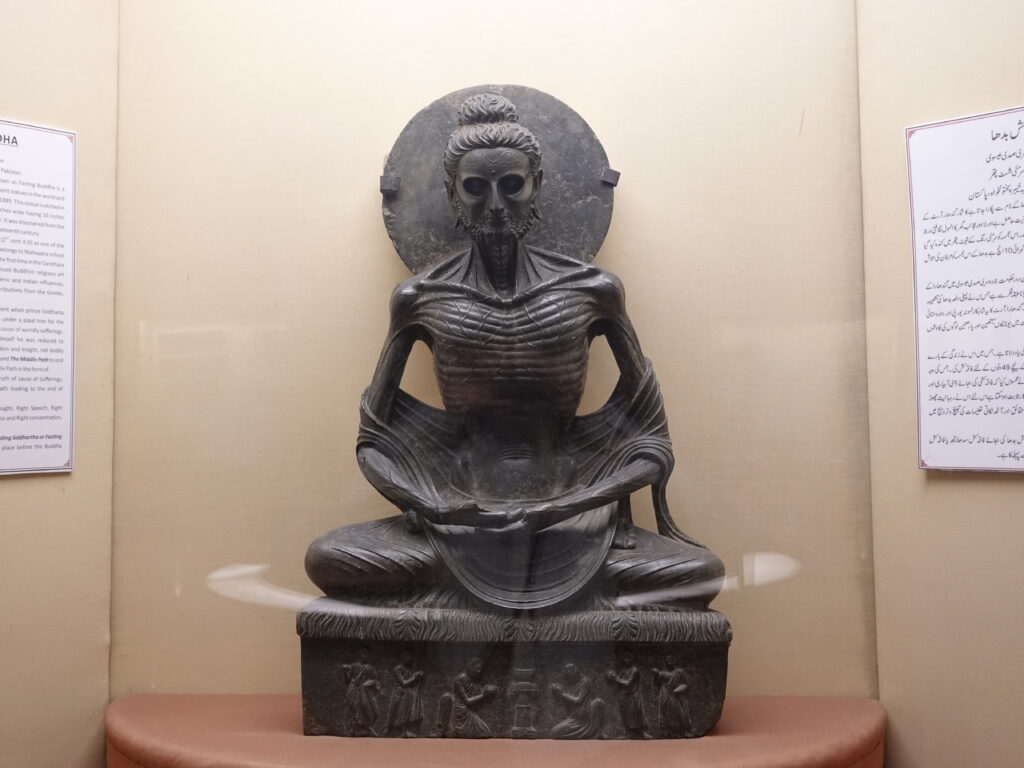
The Buddha has been stripped of muscle and fat to the utmost limit and is now nothing but skin and bones. His ribs and blood vessels are prominent, indicating his magnificence.
I too was intensely shocked when I saw this Buddha image up close.
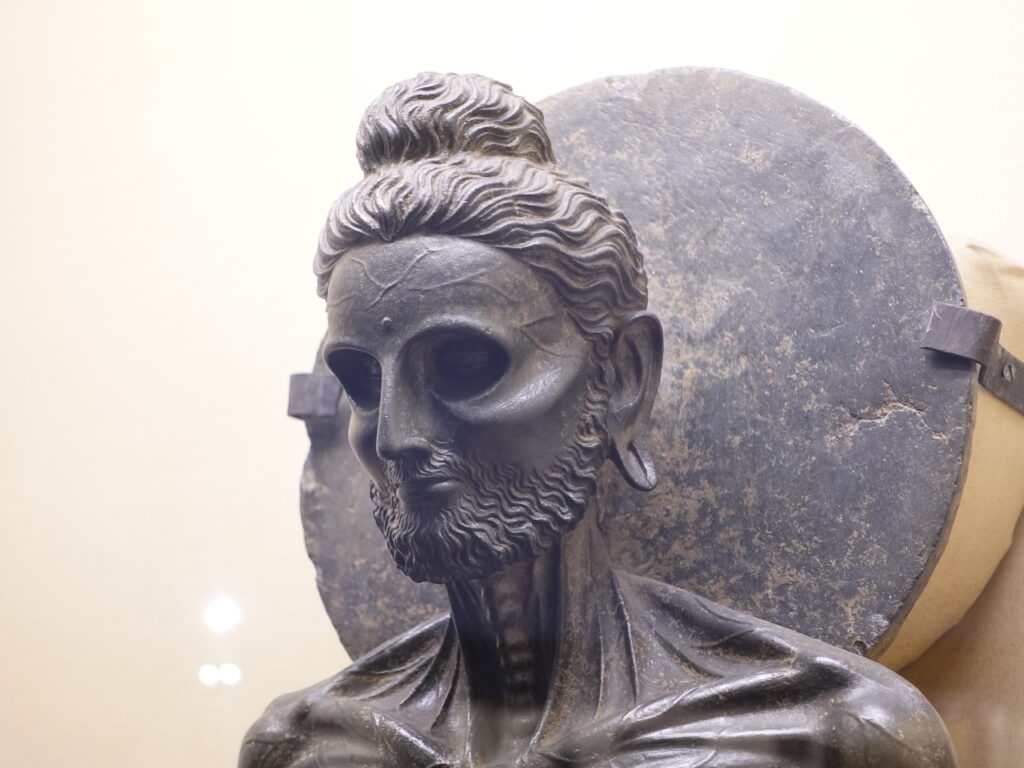
And above all, these eyes.
I had seen pictures of this fasting Buddha many times in Buddhist textbooks. However, it was the first time I noticed that there were gently closed eyes in the depths of this deeply sunken eye socket.
I was shocked to see such kind eyes in the midst of unimaginable hardship of fasting. I was so stunned that I could not move from in front of the statue and remained for a while in front of it.
Later that evening, I was looking at this fasting Buddha again to check the photos, and it occurred to me.
'Were these really kind eyes? Do they really have such eyes during their suffering?"
I began to feel more and more uneasy about my impression. Unable to stand still, I immediately contacted my guide and decided to change my plans for the next day and go to the Lahore Art Museum again to take a closer look at this Buddha statue.
We painstakingly face this Buddha image from different angles over and over again.
Then a thought occurred to me.
I think this means 'stop' rather than 'gentle eye.'"
Suffering is, in a sense, the act of enduring and overcoming the pain that controls our entire nervous system. In other words, it is the separation of body and spirit. We stop physical activity and immerse ourselves in a state of spiritual nothingness. This is quite close to the "meditation on nothingness" of Arara Kalama and Uddhaka Ramaputta.
When you think about it, those kind eyes were not showing gentleness, but rather the cessation of the sensory organs and the state of nothingness.
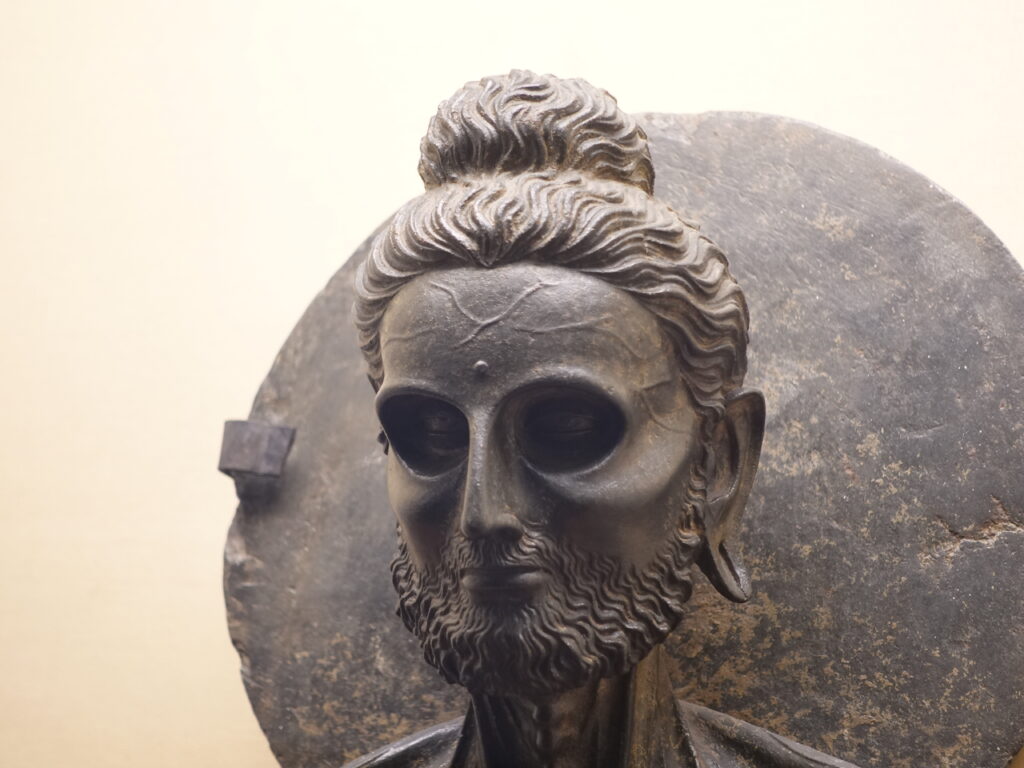
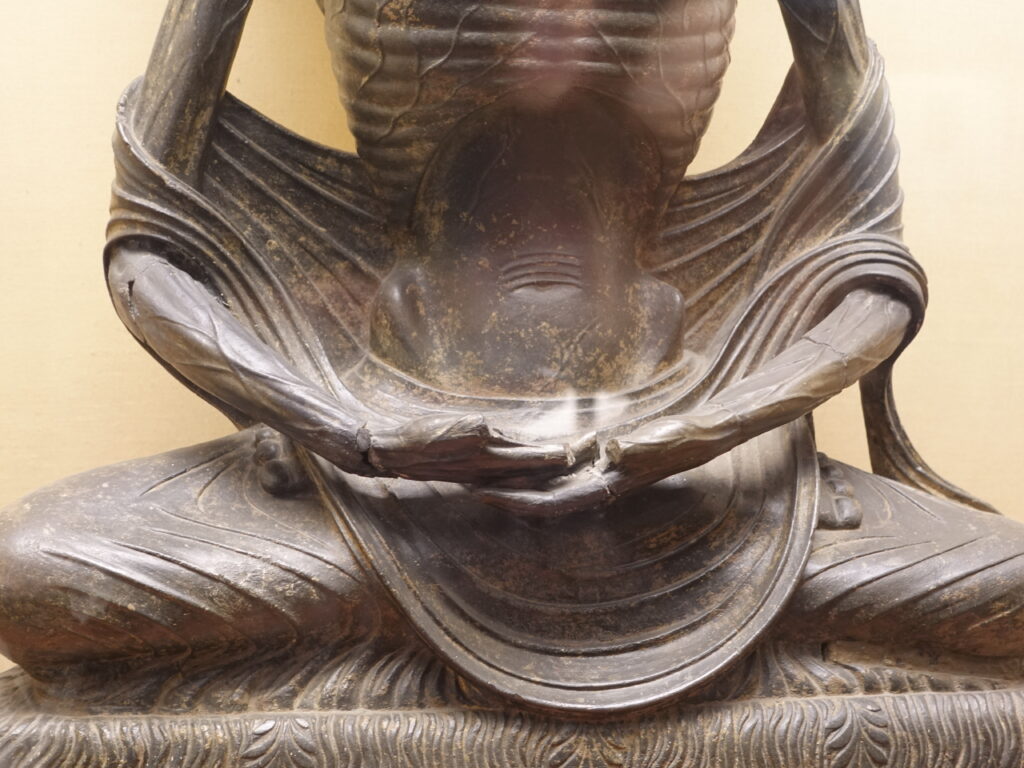
This would explain the tight corners of the mouth and the soft yet somehow tense way the arms are folded.
In other words, the Buddha image was not showing gentleness, but was still a meditative representation of a man facing the unimaginable hardship of fasting.
Buddha continued to suffer under such extreme conditions for six years. After six years of such extreme suffering, Buddha finally found the light. In the next article, we will finally talk about Buddha's enlightenment.
*Below is an article with reference books on India and Sri Lanka that we have referenced in this travelogue. Please refer to them.
periodA list of recommended reference books to help you learn about Indian history, religion, and culture."
periodA list of recommended books for "those who want to know more about Indian Buddhism."
periodA list of recommended books to help you get to know the Buddhist country of Sri Lanka."
Next Article.
Click here to read the previous article.
Related Articles












